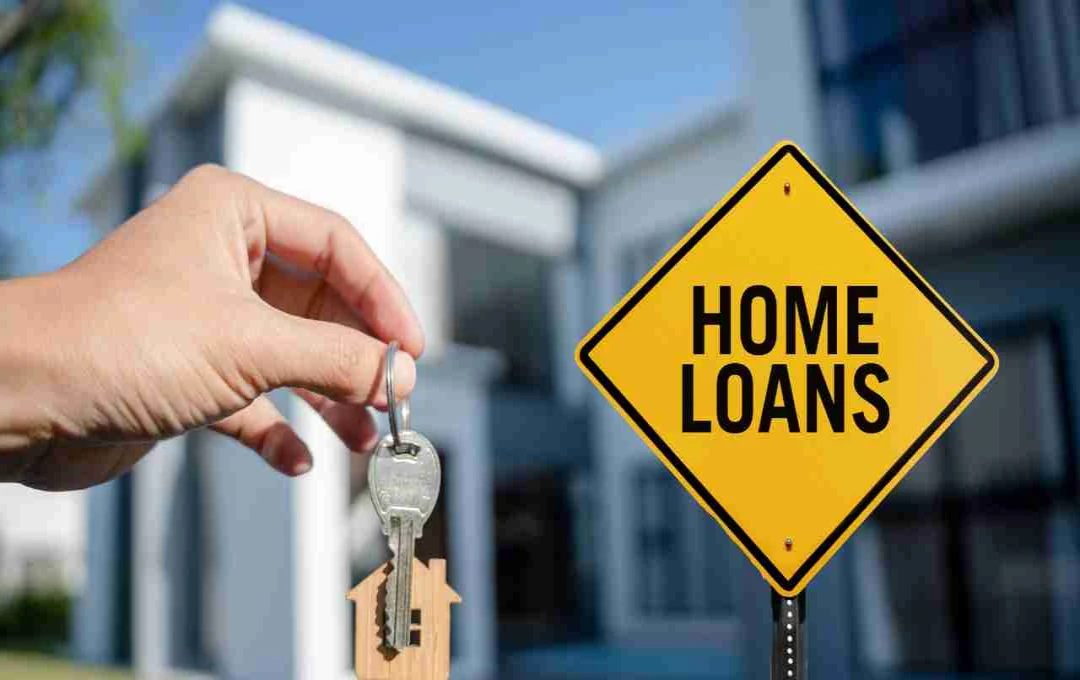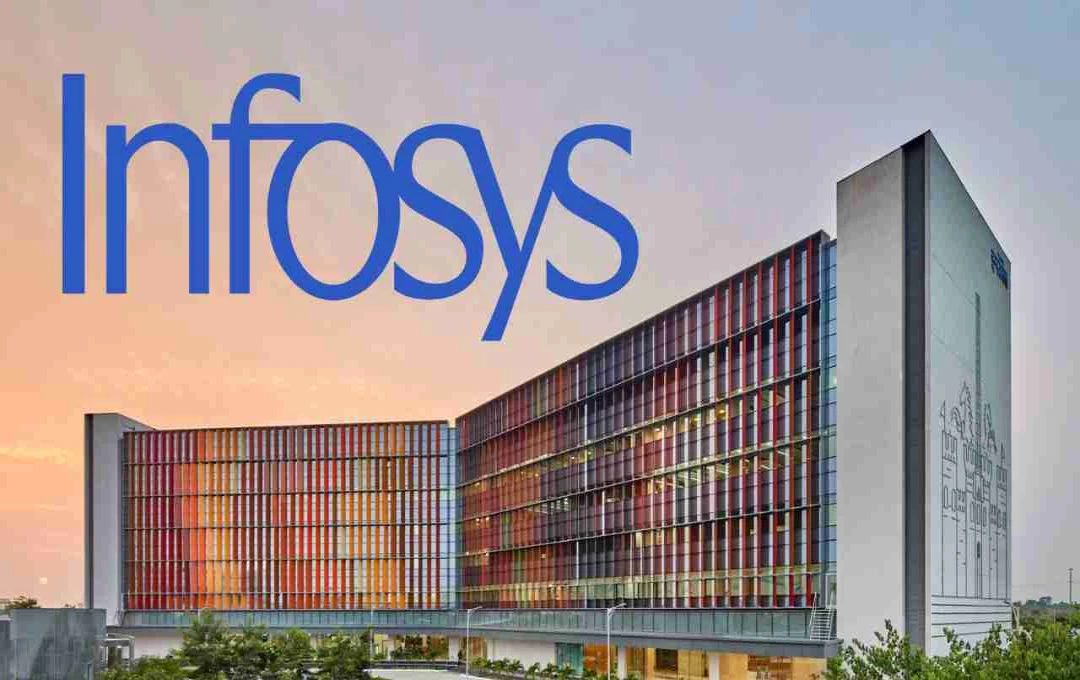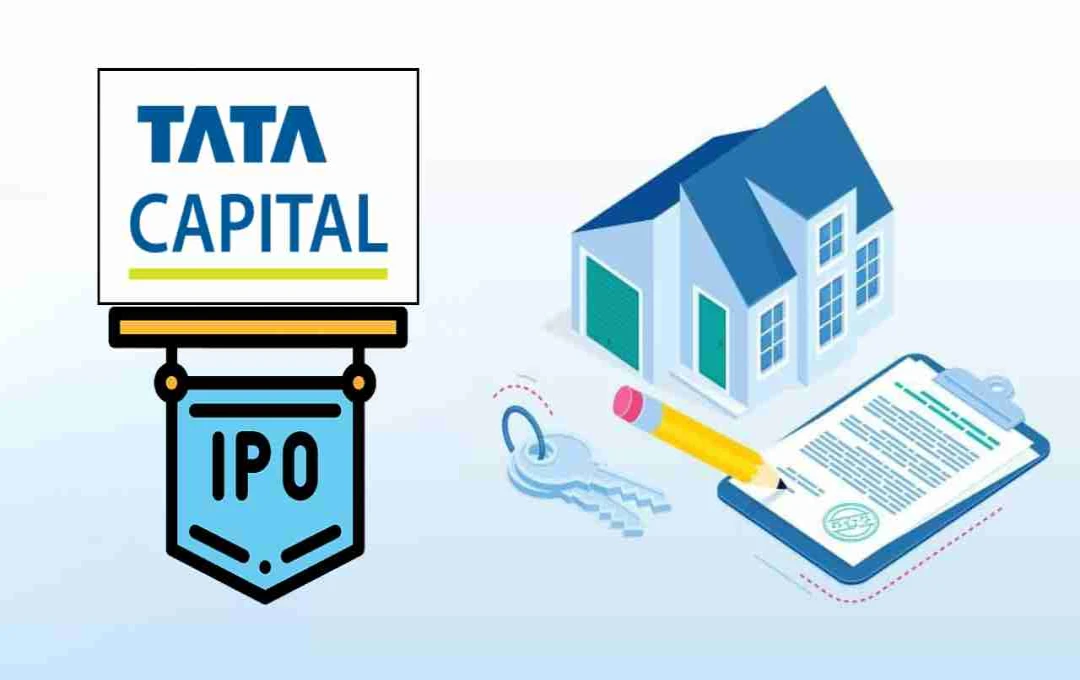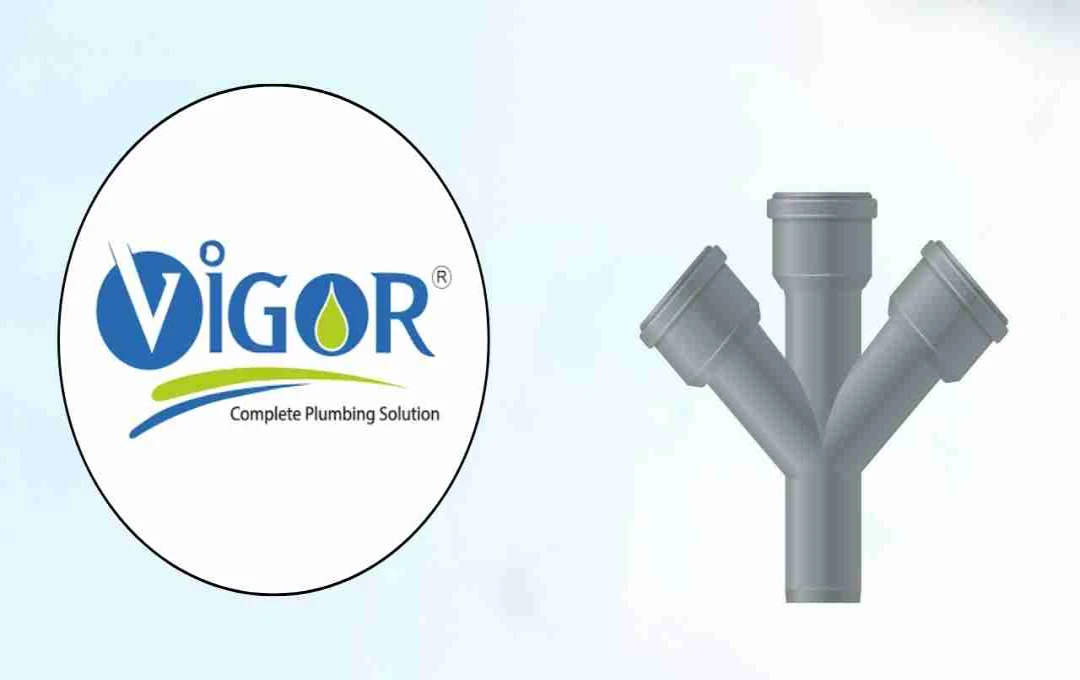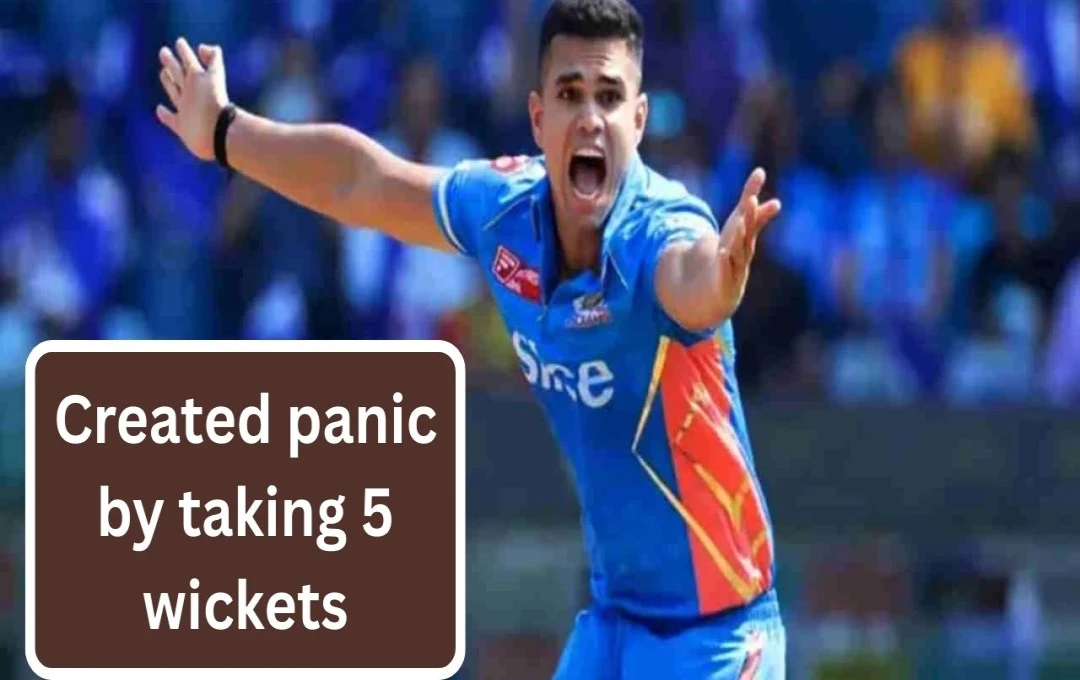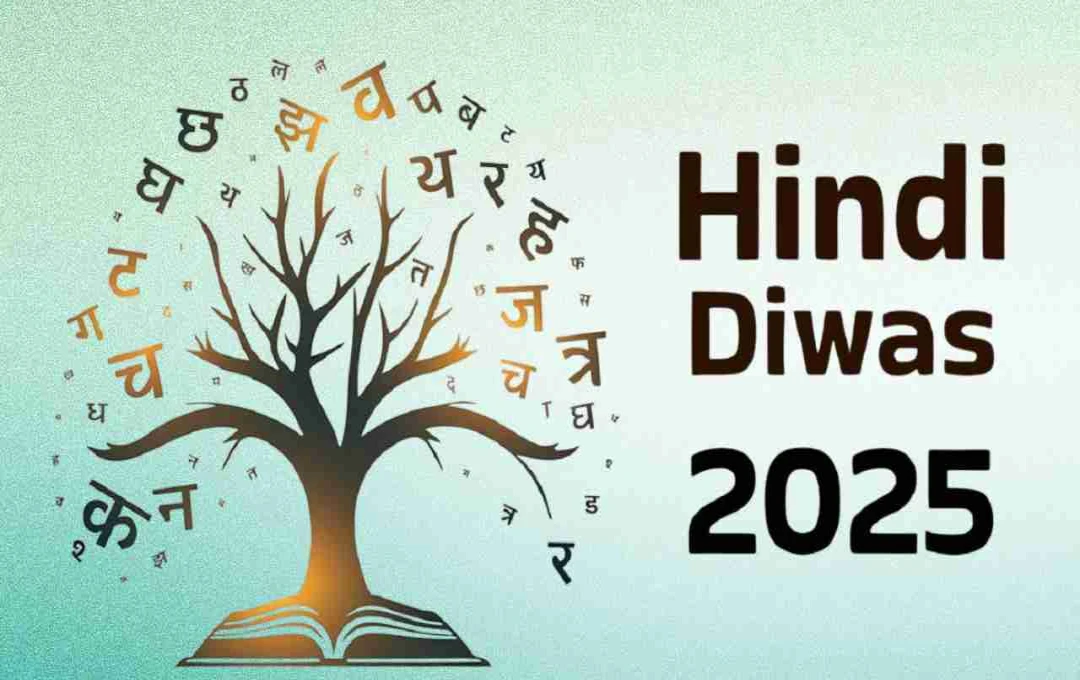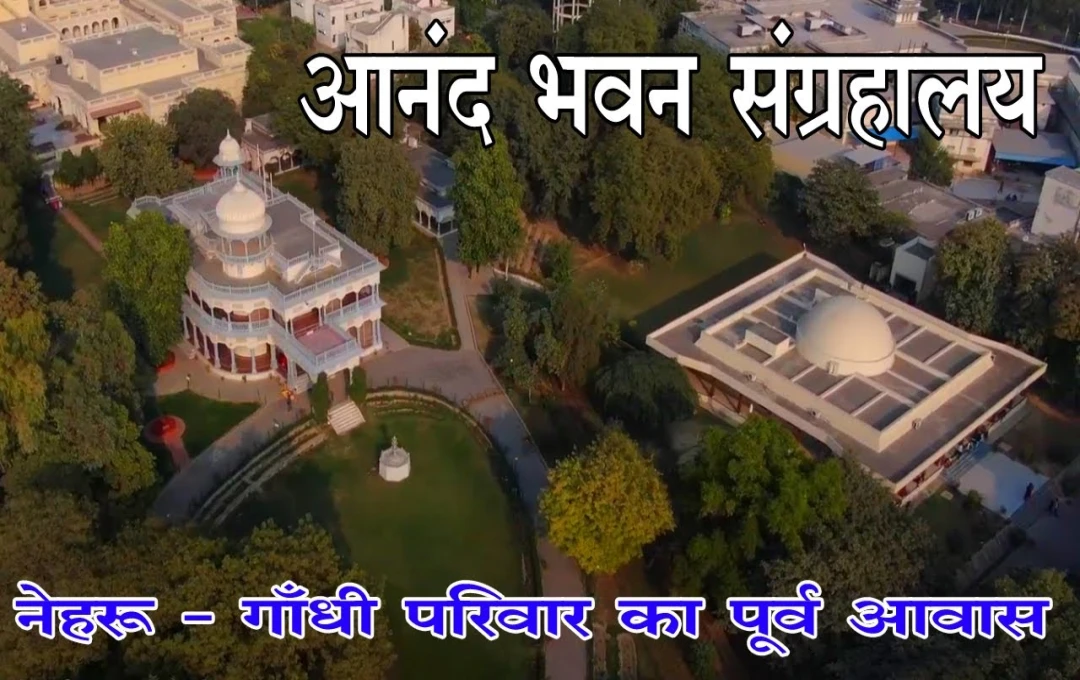Home loans offer options for fixed, floating, and hybrid interest rates. With a fixed rate, the EMI remains constant. With a floating rate, the EMI decreases if interest rates fall. A hybrid rate starts with a fixed rate and then switches to a floating rate. The right choice depends on your financial situation and risk tolerance.
Home Loan Interest Rate: When taking a home loan, the choice of interest rate impacts your EMI and overall cost. In fixed-rate loans, the EMI remains constant. In floating-rate loans, the EMI changes as interest rates rise or fall. Hybrid loans begin with a fixed EMI, which later shifts to a floating rate. This selection allows you to save more according to your income, expenses, and risk capacity. Fixed rates offer advantages for those who prefer stability, floating rates for those who can handle market uncertainties, and hybrid loans for those who wish to benefit from both features.
Fixed Interest Rate Home Loan
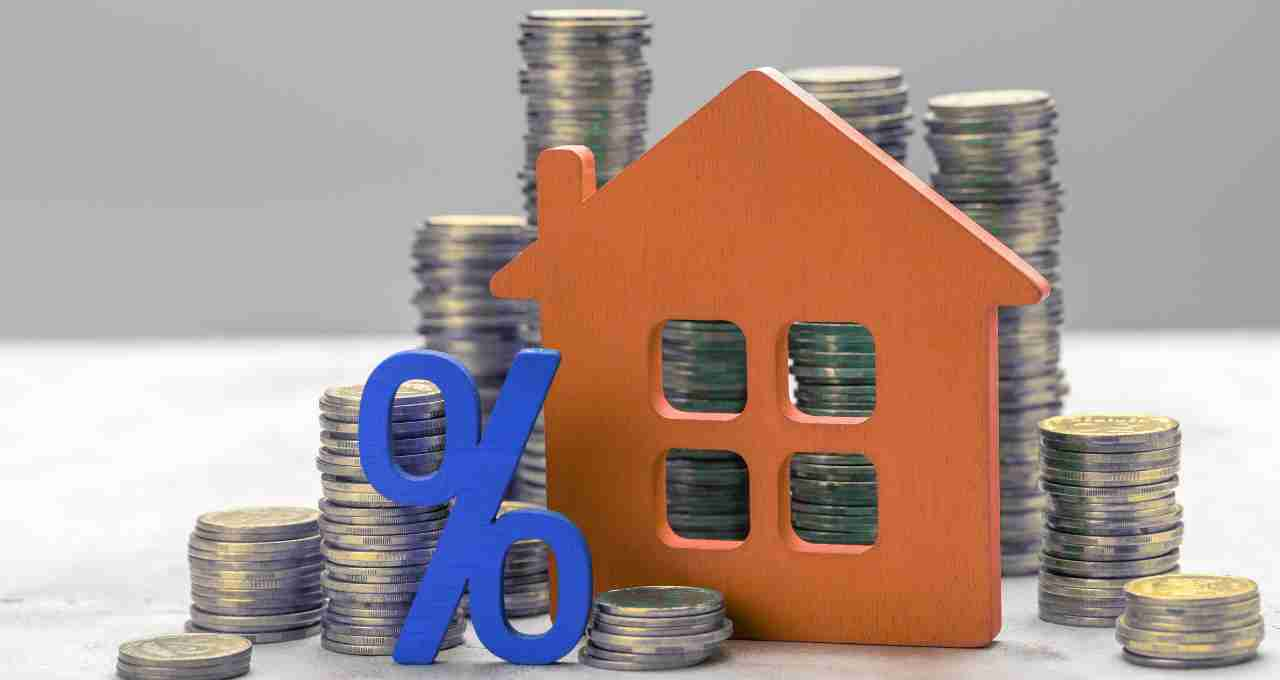
In a fixed-rate home loan, the interest rate is fixed for the entire tenure of the loan. This means your Equated Monthly Installment (EMI) will be the same every month. The biggest advantage is that if interest rates increase in the future, your EMI will not be affected.
A fixed interest rate is suitable for individuals with a stable monthly budget who do not want to face any uncertainties. However, if interest rates decrease, you will not be able to save as much in this scenario because your EMI is predetermined.
For example, if you took a loan of ₹50 lakh at a fixed rate of 7%, your EMI would remain approximately the same for the next 20 years. In such a case, you can be assured that your budget will never be impacted.
Floating Rate Home Loan
In floating interest rate loans, the rates change according to market conditions and RBI guidelines. The biggest advantage is that when interest rates fall, your EMI decreases. Conversely, if interest rates rise, the EMI will also increase.
Floating rate loans are a good option for those who can tolerate risk and have other means of investment or savings. Those taking long-term loans can benefit if market rates decrease.
For instance, if a loan of ₹50 lakh is taken at a floating rate and interest rates decrease in the coming years, your payments will directly reduce. This option offers the potential for greater savings in the long run, provided you can manage market fluctuations.
Hybrid Interest Rate Home Loan
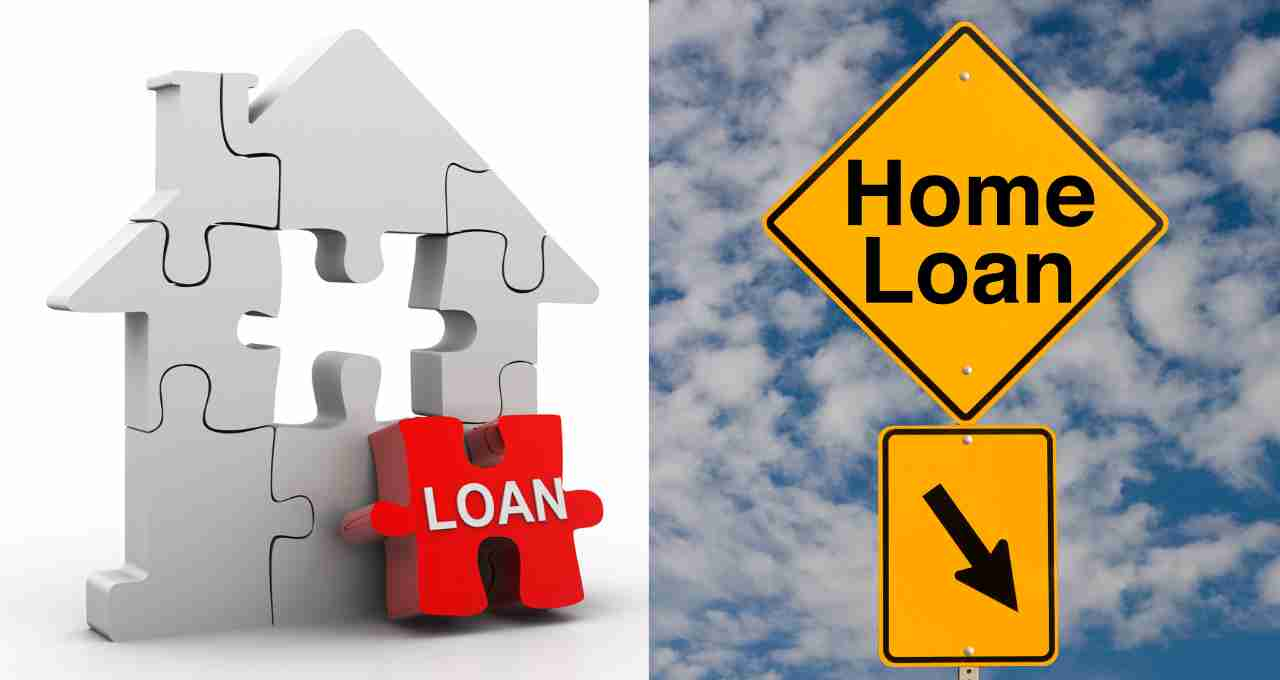
Hybrid loans offer benefits of both types. Initially, the EMI is fixed, and after a few years, it switches to a floating rate. This means you get stability in the initial years, and later your payments may change according to interest rate fluctuations.
Hybrid loans are suitable for those who desire a fixed EMI initially but are willing to take some risk in the future. This allows you to easily manage your budget at the beginning and then benefit from market conditions over time.
For example, if a loan of ₹50 lakh is taken under the hybrid option, the EMI remains fixed for the first 5 years, after which the interest rate becomes floating. This provides financial security in the initial years, and later you can save according to market rates.
Which Option Offers the Most Savings?
- Fixed Rate: Better for those seeking stability. Less savings when rates fall, but provides security when rates rise.
- Floating Rate: Potential for greater long-term savings, but carries the risk of rate increases.
- Hybrid Rate: Balances initial stability with potential for savings later.
Investors should choose an option based on their monthly budget, long-term plans, and risk tolerance.
